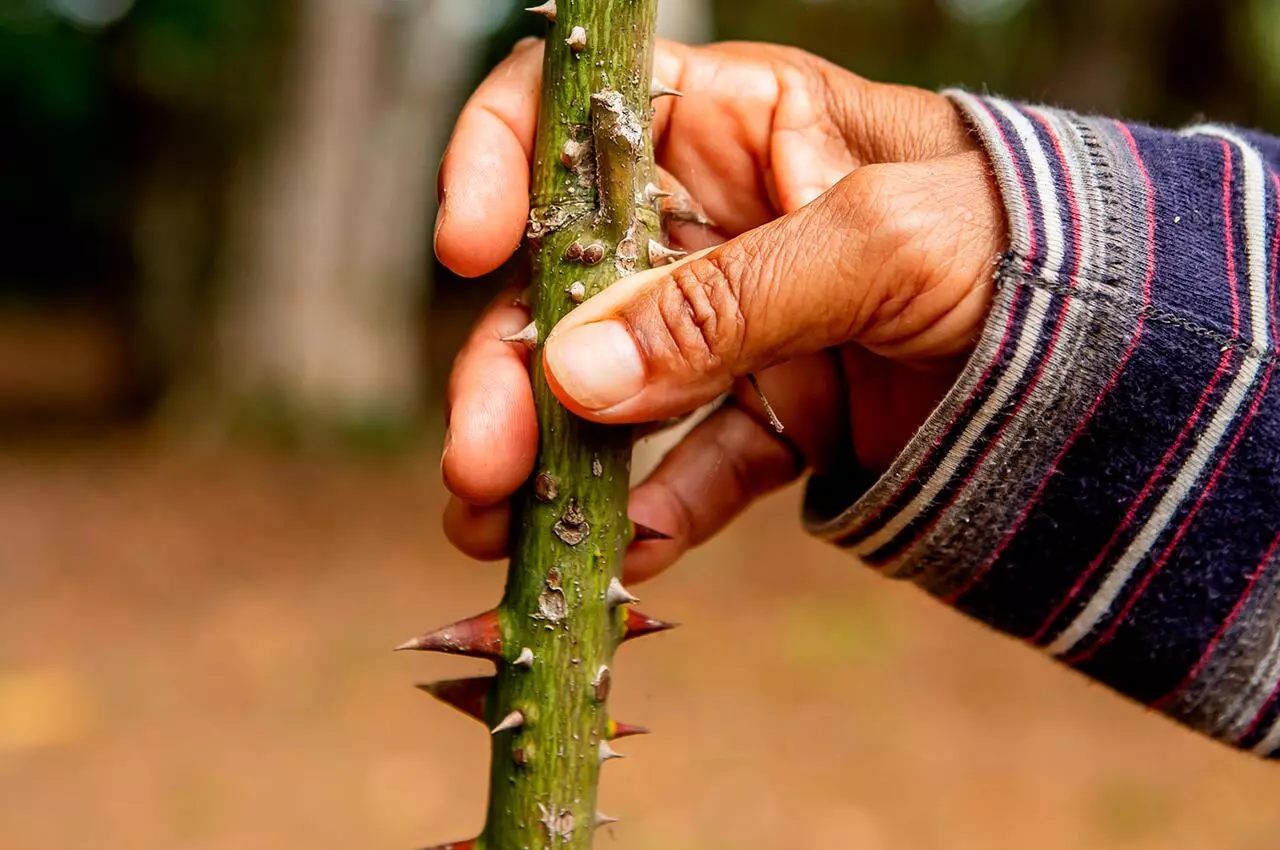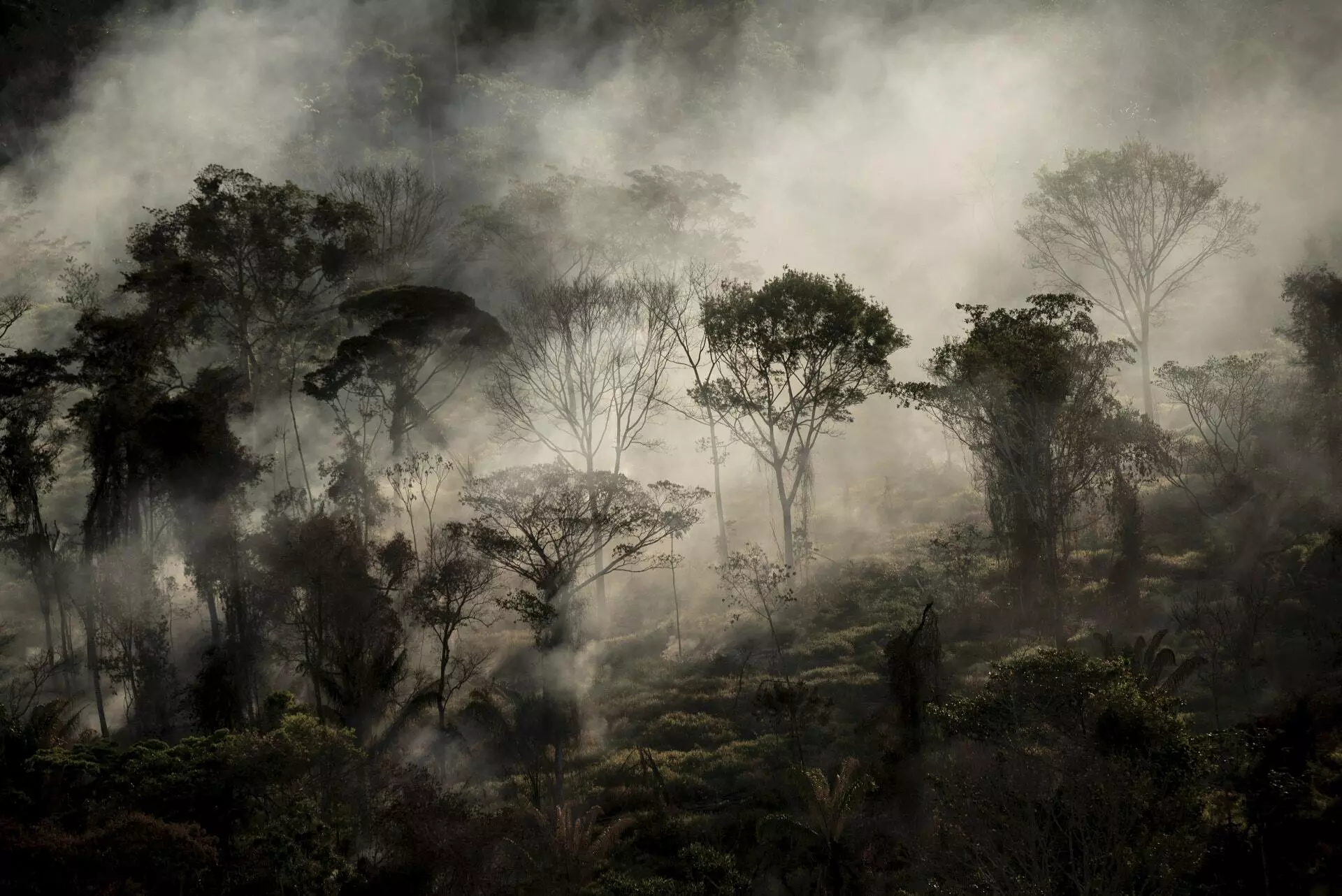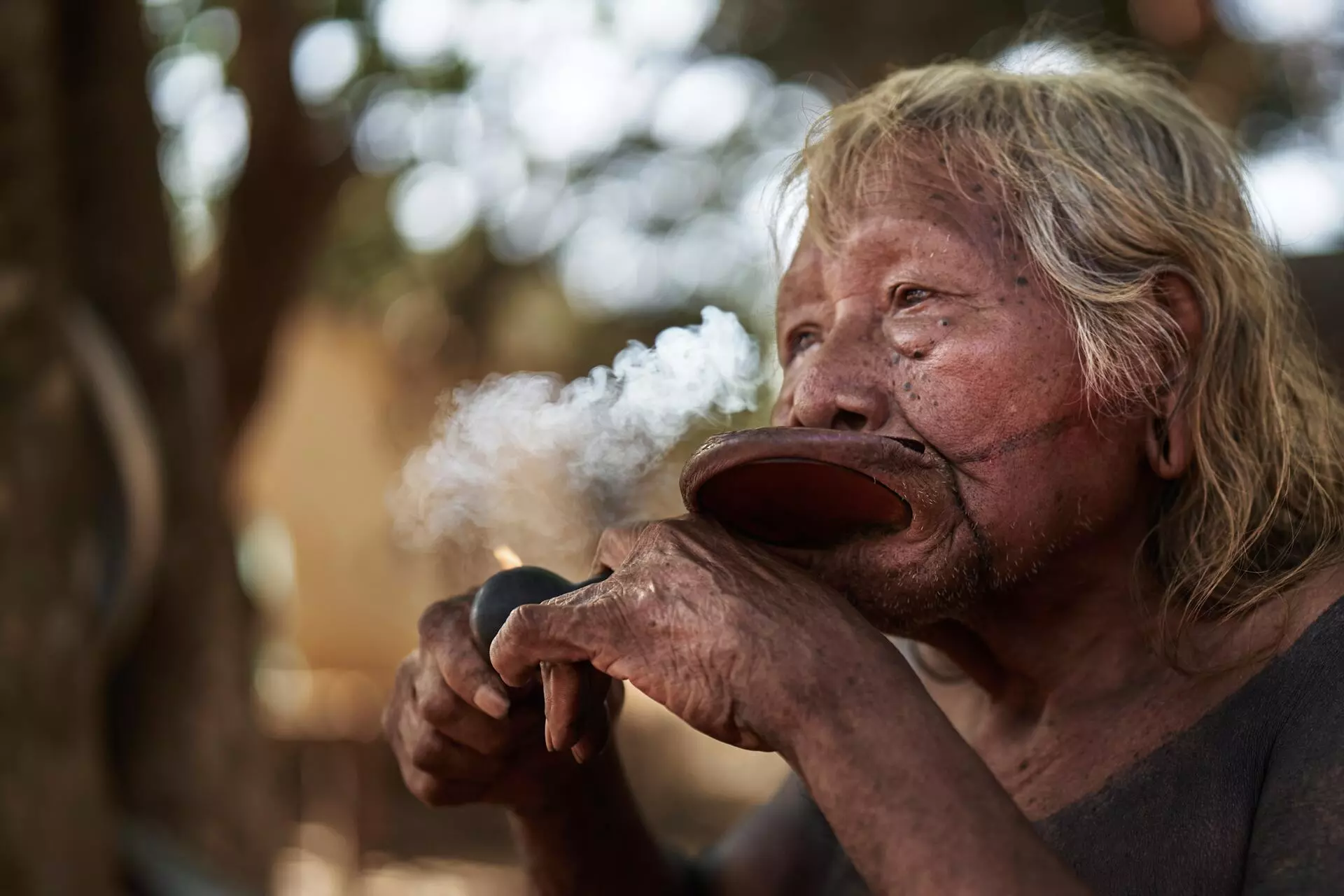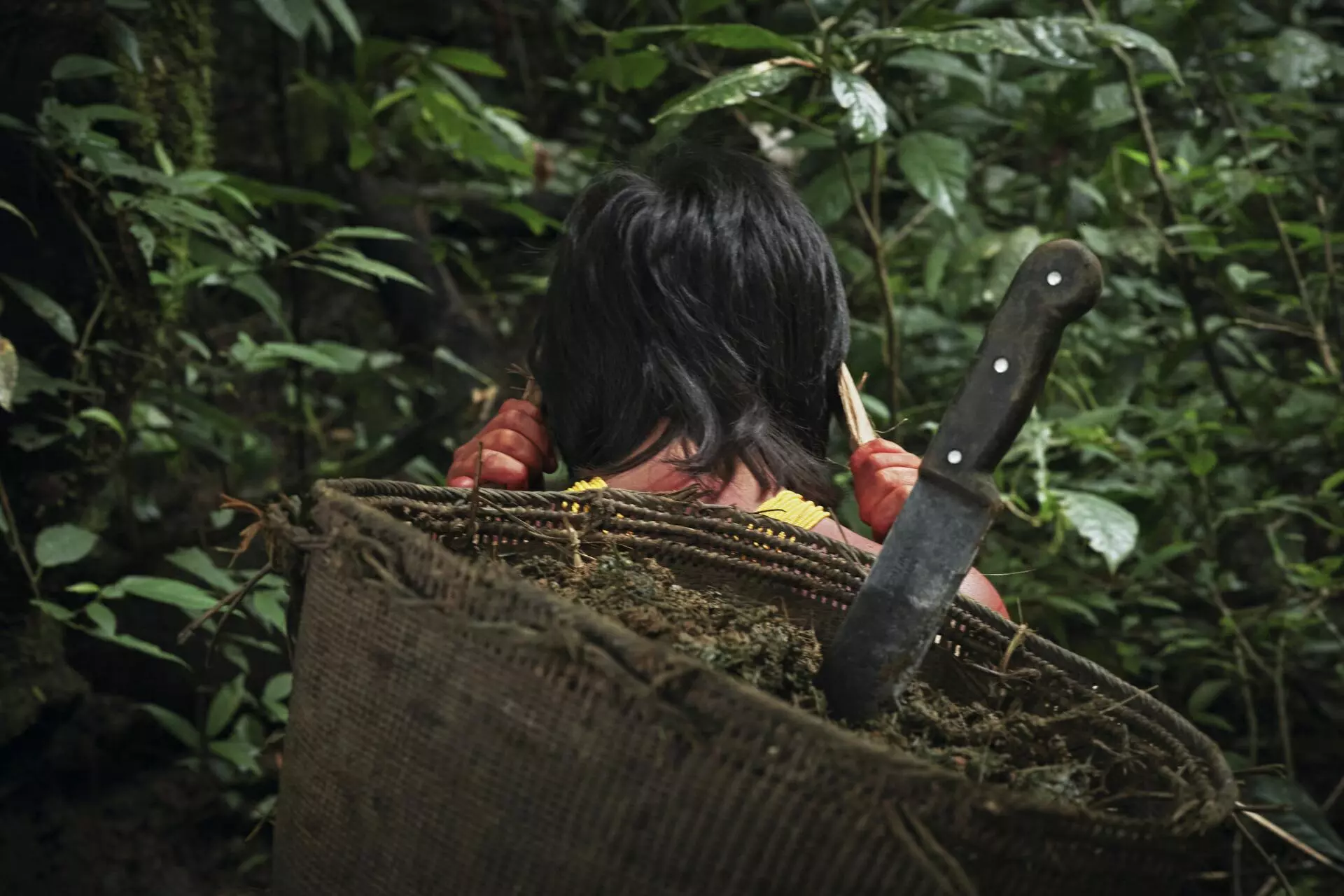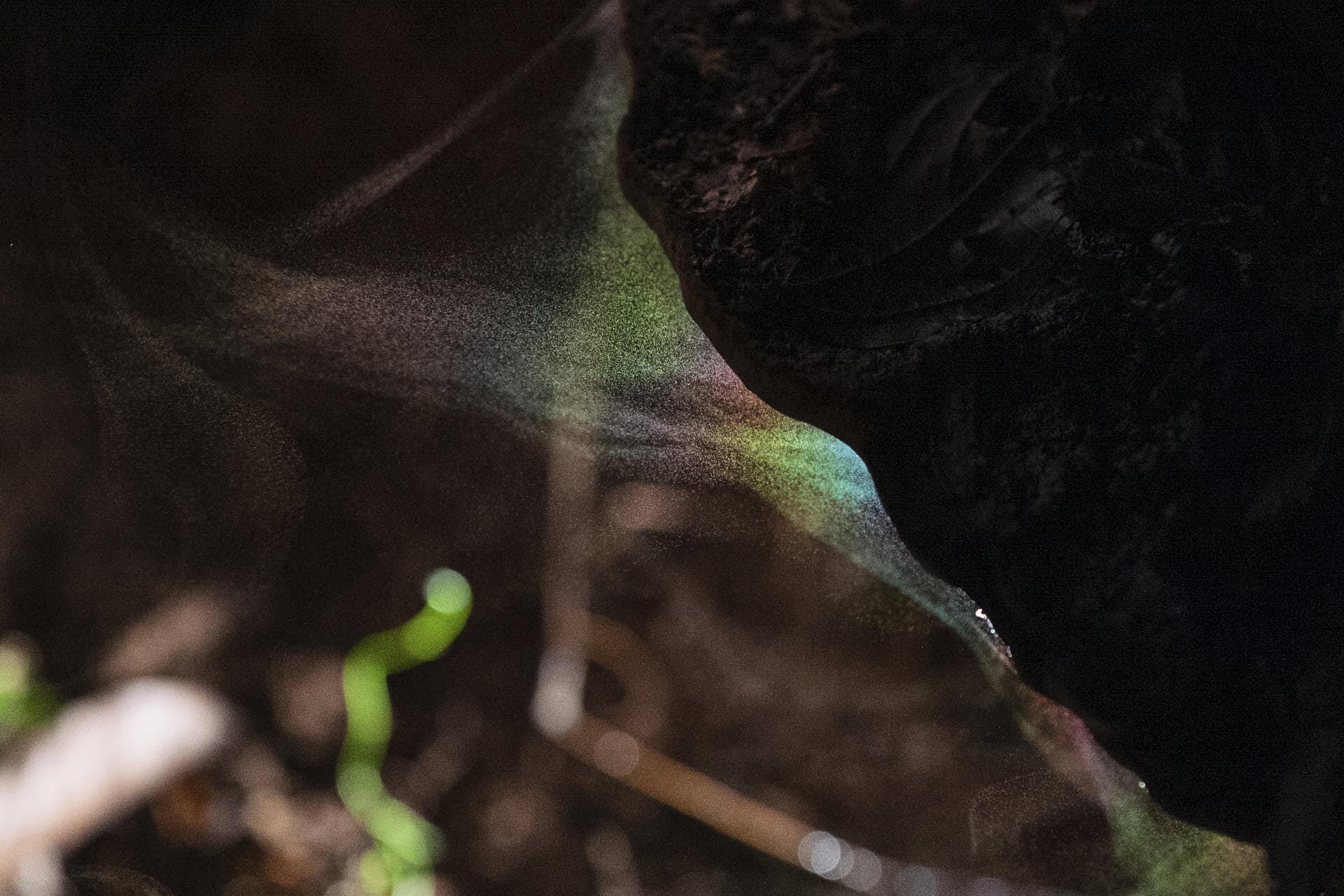Brazilian history is based on two great tragedies: the extermination of Indigenous peoples and the enslavement of African peoples. African slavery lasted more than three centuries and was so vital as a business that one year after it ended, the monarchy did too. The extermination of Indigenous peoples started when Brazil was colonized by Portugal and has continued nonstop through the present. Both tragedies were the direct or indirect result of the notion that the lands now occupied by Brazil are spaces for the large-scale production or exploitation of goods for export—first brazilwood; later sugar, gold, coffee, and rubber; and today, cattle, soy, iron ore, and electrical energy, to name a few. African slavery provided the workforce for these ventures. Indigenous extermination played the same role, while also helping free up territory for these projects.
The logic behind colonial exploitation in the tropics—something that didn’t die out with the end of European colonization—is based on specialization, through the cultivation or management of a single species of plant or animal across large areas or through the exploitation of a single resource, such as minerals. For this to happen, forests, rivers, and people have to be destroyed. This logic is particularly perverse in the tropics because these regions are characteristically all the opposite—spaces of enormous biological diversity and abundance. In the case of the Amazon, the most dramatic consequence is that destroying it erases not only a rich natural heritage but also the memory, preserved in the region’s landscapes, of the peoples who have occupied these lands for thousands of years.
Brazil and the rest of the world still see the Amazon as a remote, exotic region, lacking development, waiting for some miraculous plan that will save it from imminent destruction. This view is based on many mistaken assumptions, perhaps the greatest of which is that the Amazon has to provide some service—environmental, economic, or social—that can justify the need to protect it. Another erroneous idea underlying this distorted view stems from ignorance about the millennial history of the Indigenous peoples who inhabit the forest: it is still widely believed that, like some of the planet’s other tropical regions, the Amazon has always been sparsely occupied because the peoples who have lived there have had to adapt to the constraints of extreme environmental conditions.
In recent decades, archeology has undermined such ideas by demonstrating how they reflect contemporary political perspectives rather than what we actually know about the region’s ancient history. This use of the expression “ancient history” is not random, because applying the concept “prehistory” to the Americas would imply that forest peoples were subjects without a history, and so it fell to the European invaders to introduce the continent not only to diseases but also to history.
The great lesson that archeology has taught us is that the ancient history of the Amazon is marked by the production of diversity. When the Europeans first arrived in South America, there was an empire in the Andes that stretched across an enormous geographical area, connected with long roads, based on the taxation of agricultural production, and run by a bureaucracy built on noble families and headed by a supreme leader, the Inca. The absence of any political structures similar to those of the Inca Empire in other parts of the continent, particularly in the tropical regions that make up Brazil today, led scientists to propose hypotheses that attributed this to scarcity; the absence of the State in these regions was ultimately ascribed to the notion that there was something missing from tropical environments: fertile soils, animal protein, mild climates.
Such pessimism about Brazil’s ability to engender so-called civilized forms of life, given its tropical condition and attendant constraints, has for decades been an object of study by the country’s intellectuals, many of whom viewed with skepticism the idea that Brazil was fated to be a tropical, mixed-race nation. Apart from the racism this view embodies, it is based on a false premise that has been undone by archeology: it has now been established that the Indigenous and other forest peoples who have occupied our country for centuries contributed to the rich, complex, and diverse ecosystems we have inherited today.
Perhaps the strongest indicator of this incredible diversity are Indigenous languages, roughly 170 of which are currently spoken in Brazil. But if we consider all Amazonian countries, there are some three hundred languages, divided into about fifty families or groups. The Amazon has also been an important center for the production of agrobiodiversity. Plants consumed across the planet, such as cassava and cocoa, were first grown in the Amazon rainforest. Starting 5,500 years ago, in what is now the state of Rondônia, local peoples began to produce the dark, fertile soils known as terra preta [Amazonian dark earth]. Then, 2,500 years ago, this soil spread to other regions and at present covers various parts of the Amazon basin, encompassing perhaps 2% of the biome. Amazonian dark earth is a fundamental legacy of the Indigenous peoples of the past because it is used in farming today, ensuring the survival of thousands of people.
Likewise starting 2,500 years ago, structures such as embankments, roads, ditches, and mounds began to be built across the Amazon region, although earlier examples can be found along the coast of Pará state, the lower Amazon River, and the Guaporé River. Along with Amazonian dark earth, these structures signal the establishment of fixed populations, some of whom lived in large settlements we might call cities. These peoples produced wonderful ceramic and stone objects, such as those found on the island of Marajó and city of Santarém, housed in museums in Brazil and abroad.
It is estimated that eight to ten million people lived in the Amazon basin at the time of the European invasion. Many perished in the early centuries of colonization as disease, war, and slavery spread. When the first scientists began traveling through the Amazon in the eighteenth century, they found the region empty, and its ancient settlements covered by forest. The absence of stone structures contributed to the false idea that took hold over time: the Amazon was empty.
Therefore, the Amazon region and its peoples have a history. Without the forest peoples, the Amazon would not be what it is today—and certainly will not be in the future.
*Eduardo Neves is an archeologist and the director of the Museum of Archeology and Ethnology of the Universidade de São Paulo (USP).
*Eduardo Neves is an archeologist and the director of the Museum of Archeology and Ethnology of the Universidade de São Paulo (USP).
This article was originally published in the handbook delivered in May 2023 to those who took part in the first Micélio – Journalist-Forest Training Program, which was held in the Xingu Extractive Reserve, in the state of Pará, in the Brazilian Amazon region. The Micélio is an initiative of SUMAÚMA – Journalism from the Center of the World, with the support of the Moore Foundation and the Google News Initiative. SUMAÚMA thanks the community that hosted it.
Spell check (Portuguese): Eduardo Peracio e Patricia Gondeck
Fact check: Priscila Pacheco
Translation into Spanish: Meritxell Almarza
English translation: Mark Murray. Edited by Diane Whitty
Design: Cacao Sousa
Illustration: Hadna Abreu

